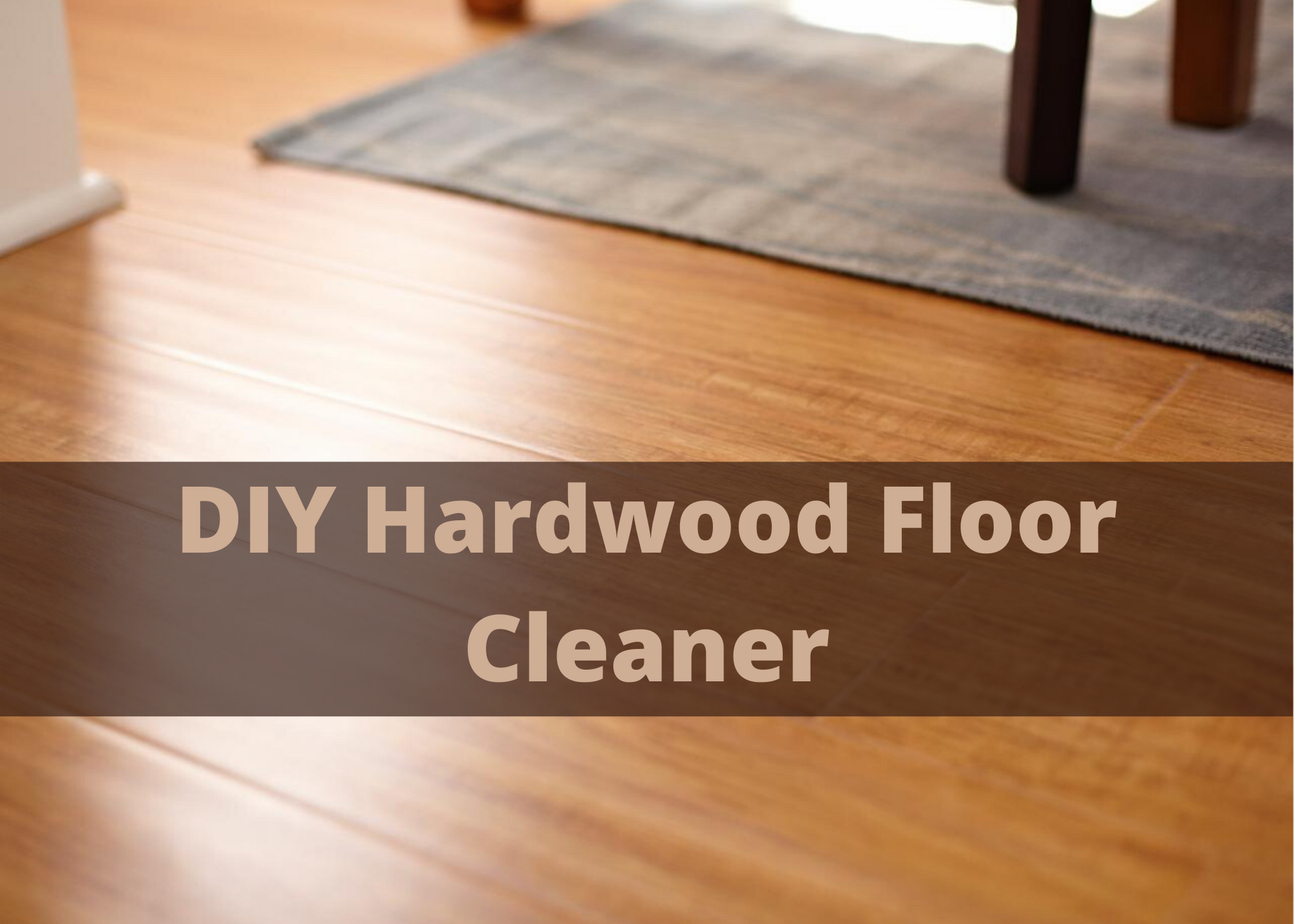
We all struggle to find that perfect floor cleaner we like for our delicate hardwood floors. When I was a child, I remember my mother was in charge of keeping a two-story home with a basement clean. The first floor, though, was covered in a dark almost cherry wood. As kids, not really knowing or valuing the hard work our mom put into the floor, my brother and I would pull each other in a laundry basket, scratching up the wax finish that she spent hours doing. We’d run in the house with our shoes, and scuff up the floors, spill stuff, push nascars on the floor. You name it; we probably did it. Our abuse to the floors was the least of my mother’s problems though. We spent many hours as a family in our local Walmart, Lowes, and even Home Depot trying to find the perfect floor cleaner to use on our hardwood floors. Many of the products we used stripped the wax, and while others left a noticeable chemical film. Looking back, I don’t think we ever did find the perfect cleaner. Being inspired by my mother’s many adventures searching for the perfect floor cleaner, I decided to give you an opportunity to try to make you own 100% natural floor cleaner!
Any effective floor cleaner is going to be made up of four parts: cleanser, protectant, fragrance, and base. Keep in mind, though, that fragrance isn’t important, and honestly, isn’t all necessary, but in a fast lane, and being a mother or father with children, the fragrance can make you feel more satisfied, and maybe even accomplished. So it’s okay to have fragrance, or to disregard it entirely.
When making the cleaner, it’s best to focus on the most important part – the cleanser. What can go in the cleanser? Funny you should ask. The ingredients to make the cleanser are most likely items you already have laying around your home! Popular ingredients for cleanser are: White Distilled Vinegar, Apple Cider Vinegar, Liquid Castile Soap.
Next is the protectant. Protectant is also very important as it keeps your hardwood from dulling or becoming foggy overtime. As well as shine, it also moisturizes your floor. It is the equivalent to the wax you put on your car, or the conditioner you put in your hair after shampooing. Some items you can use as protectants are: Olive Oil, Coconut Oil, Linseed Oil, Jojoba Oil, Tung Oil.
Now it’s time for fragrance, if you choose to add fragrance. It does, however, make the house smell clean! Many natural fragrances also have anti-bacterial properties. That could help further disinfect your home, and in times like these when pandemics are running rampant, a little extra germ fighting agent isn’t a bad thing. Popular fragrances for wood cleaners are: Lemon, Orange, Lime, Lemongrass, Grapefruit, Lavender, Almond. When choosing your fragrance, do not be afraid to think outside the box. Some fragrances can be combined, and do not have to be used independently. To make the fragrance you wish to obtain, you can do so by using fresh elements (like an orange peel), dried elements (like dried lavender), or essential oils. Keep in mind that if using essential oils for fragrance depending on the size of the cleaning batch you are making, you can be adding 5- 30 drops of the oil.
Your base, if you so choose to have one, will always be water. Water is used for the dilution of the thickness, as well as the “harshness” of the cleaner. It is completely optional how much water you use.
Now its time to make your cleaner!
Some Examples of What to Use
Recipe sample number 1:
● 2 Tbsp. distilled white vinegar (cleanser)
● 2 Tbsp. olive oil (protectant)
● 15 drops Lemongrass essential oil (fragrance)
● 2 cups warm water (base)
Recipe sample number 2:
● 8 Tbsp. liquid castile soap (cleanser)
● 1/4 cup distilled white vinegar (cleanser)
● 1/4 cup fractionated coconut oil (protectant)
● 30 drops lemon essential oil (fragrance)
● 1 gallon warm water (base)
Recipe sample number 3:
● 1/2 cup distilled white vinegar (cleanser)
● 2 Tbsp. olive oil (protectant)
● 2 quarts room temperature water (base)
Now that your floor cleaner is made, it’s time to actually use it! Here’s the best way to use your new homemade floor cleaner.
The Process
Step 1: Sweep
Always make sure before you decide to mop that you sweep up any dry debris laying around. This keeps the floors from having a gritty feeling.
Step 2: Spray it on
It’s best to spray small areas of the floor and start mopping that way, making sure your mop is staying damp with the cleaner. If you do not have a spray bottle, it’s okay to pour the cleaner in small areas and work your way around the house that way.
Step 3: Let it dry
It should take about 30 minutes or less for each section of your floor to dry. If it takes longer, you used too much cleaner. If it takes 5 minutes or less you didn’t use enough. Try to apply the happy medium amount. This may take some practice.
Step 4: Wax it in
If you’re a little extra, and like that glossy clean look like myself, take a microfiber cloth or rag and put a little of the oil you used in your cleaner directly on the cloth. Work the oil into the floors by moving the cloth in small circles as if you were waxing a car. If you add too much oil at once, your floors will feel greasy, oily, or even slick (like your hair if you put to much conditioner in it) be careful and use sparingly!
Article by Charity Mills

